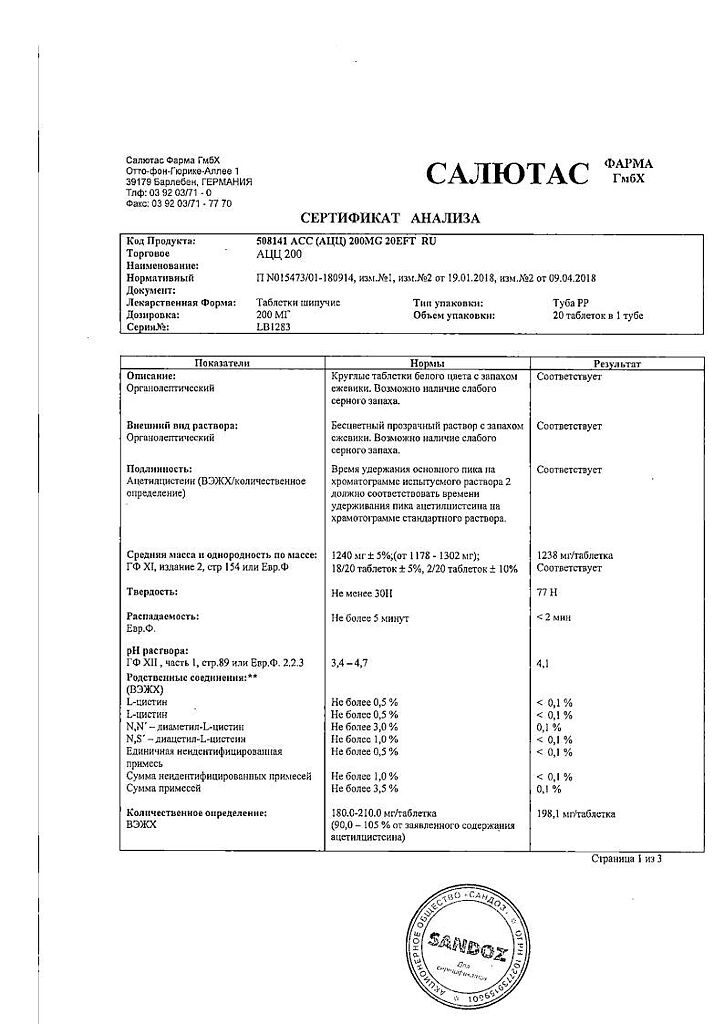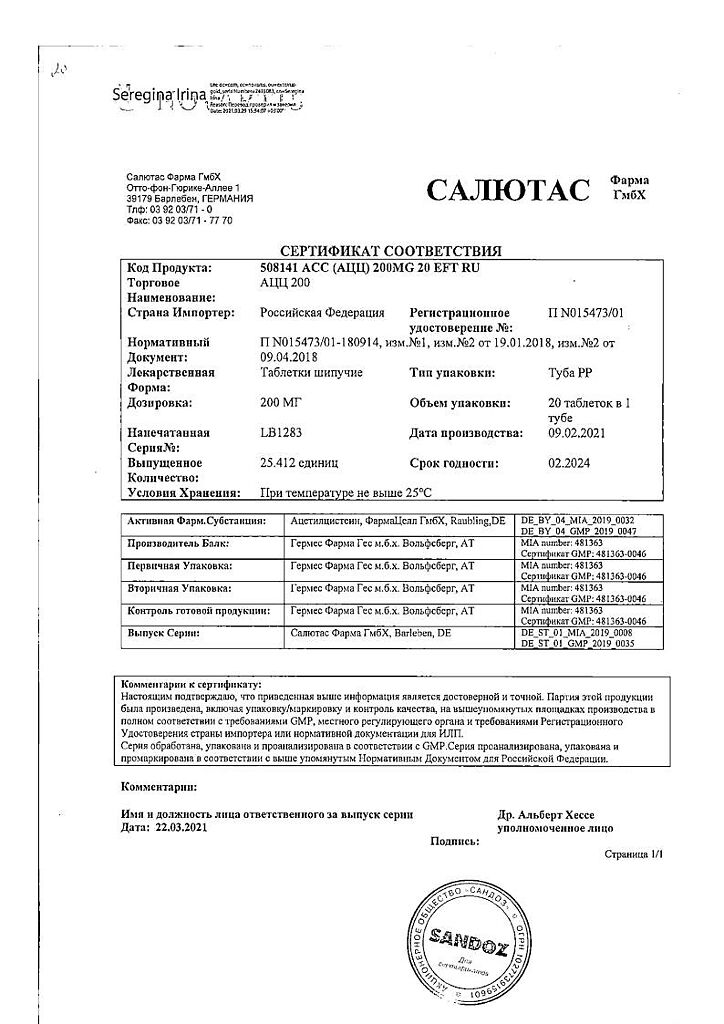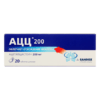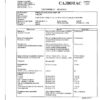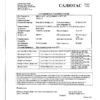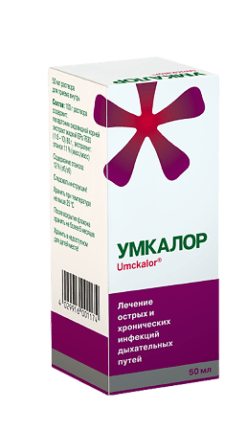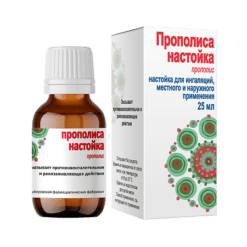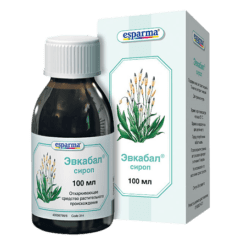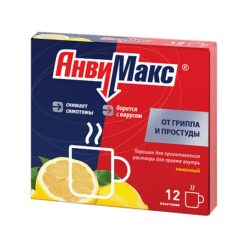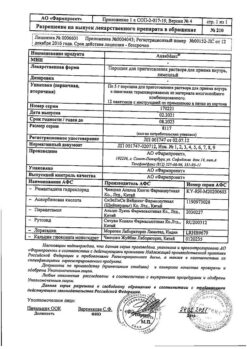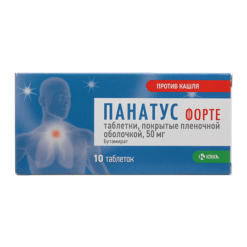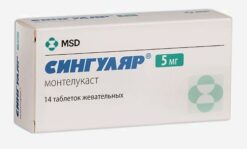No products in the cart.
ACC 200,200 mg 20 pcs
€3.93 €3.49
Description
Acetylcysteine is a derivative of the amino acid cysteine. It has a mucolytic effect, facilitates expectoration of sputum through a direct effect on the rheological properties of sputum. Its action is due to its ability to break disulfide bonds of mucopolysaccharide chains and cause depolymerization of mucoproteins of sputum, which leads to lower viscosity of sputum. The drug retains activity in the presence of purulent sputum.
It has antioxidant effect based on the ability of its reactive sulfhydryl groups (SH-groups) to bind with oxidizing radicals and thus to neutralize them. In addition, acetylcysteine promotes the synthesis of glutathione, an important component of the antioxidant system and chemical detoxification of the body. The antioxidant effect of acetylcysteine increases cellular protection against the damaging effects of free-radical oxidation inherent in the intense inflammatory reaction. With prophylactic use of acetylcysteine a decrease in frequency and severity of exacerbations of bacterial etiology in patients with chronic bronchitis and cystic fibrosis
PHARMACOKINETICS
Absorption is high. It is rapidly metabolized in the liver to form pharmacologically active metabolite – cysteine, as well as diacetylcysteine, cystine and mixed disulfides. Bioavailability when administered orally is 10% (due to the pronounced effect of “first passage” through the liver).
The time of reaching of maximum concentration (Сmax) in blood plasma is 1 – 3 hours. Binding with plasma proteins is 50%. It is excreted by kidneys as inactive metabolites (inorganic sulfates, diacetylcysteine). The elimination half-life (T1/2) is about 1 h, liver dysfunction leads to prolongation of T1/2 to 8 h. It penetrates through the placental barrier. There are no data on the ability of acetylcysteine to penetrate through the blood-brain barrier and excreted with breast milk.
Indications
Indications
Respiratory diseases, accompanied by formation of viscous sputum difficult to separate:
– acute and chronic bronchitis, obstructive bronchitis;
– tracheitis, laryngotracheitis;
– pneumonia;
– lung abscess;
– Bronchiectatic disease, bronchial asthma, chronic obstructive pulmonary disease (COPD), bronchiolitis;
– cystic fibrosis;
Acute and chronic sinusitis, middle ear inflammation (otitis media).
Active ingredient
Active ingredient
Composition
Composition
1 effervescent tablet contains:
Active ingredients:
acetylcysteine 200 mg.
Associates:
citric acid anhydrous – 558.50 mg;
sodium bicarbonate – 200.00 mg;
Anhydrous sodium carbonate – 100.00 mg;
Mannitol – 60.00 mg;
anhydrous lactose – 70.00 mg;
ascorbic acid – 25.00 mg;
Sodium saccharinate – 6.00 mg;
sodium citrate – 0.50 mg;
blackberry flavoring “B” – 20.00 mg.
How to take, the dosage
How to take, the dosage
Ingestion, after meals.
The effervescent tablets should be dissolved in one glass of water. Tablets should be taken immediately after dissolution, in exceptional cases it is possible to leave the ready to use solution for 2 hours. Additional fluid intake enhances the mucolytic effect of the drug. In short-term colds, the duration of intake is 5 – 7 days.
In chronic bronchitis and cystic fibrosis the drug should be taken for a longer time to achieve a preventive effect from infections. In the absence of other prescriptions, the following dosages are recommended:
Mucolytic therapy:
Adults and children over 14 years: 1 effervescent tablet 2 – 3 times a day (400 – 600 mg);
children from 6 to 14 years: 1 effervescent tablet 2 times a day (400 mg);
children 2 to 6 years old: 1/2 effervescent tablet 2 – 3 times a day (200 – 300 mg).
Mucoviscidosis:
children 2 to 6 years: 1/2 effervescent tablet 4 times daily (400 mg);
children over 6 years: 1 effervescent tablet 3 times daily (600 mg).
Interaction
Interaction
In concomitant use of acetylcysteine and cough suppressants due to suppression of the cough reflex sputum congestion may occur.
In concomitant use with oral antibiotics (penicillins, tetracyclines, cephalosporins, etc.) they may interact with the thiol group of acetylcysteine, which may lead to a decrease in their antibacterial activity. Therefore, the interval between the intake of antibiotics and acetylcysteine should be at least 2 hours (except cefixime and loracarben).
Concomitant use with vasodilators and nitroglycerin may lead to increased vasodilatory activity.
Special Instructions
Special Instructions
When handling the drug it is necessary to use glassware and avoid contact with metals, rubber, oxygen, easily oxidizing substances. Cases of severe allergic reactions such as Stevens-Johnson syndrome and Lyell syndrome have very rarely been reported with acetylcysteine.
In case of changes in the skin and mucous membranes should immediately consult a doctor, the drug should be discontinued. Patients with bronchial asthma and obstructive bronchitis acetylcysteine should be prescribed with caution under systemic control of bronchial patency. The drug should not be taken immediately before going to bed (it is recommended to take the drug before 6 p.m.).
Impact on the ability to operate vehicles, machinery
There are no data on adverse effects of ACC® 200 in recommended doses on the ability to operate vehicles, machinery.
Contraindications
Contraindications
– hypersensitivity to acetylcysteine or other components of the drug;
– gastric and duodenal ulcer in the acute stage;
– pregnancy;
– Breast-feeding period;
– hemoptysis, pulmonary hemorrhage;
– lactase deficiency, lactose intolerance, glucose-galactose malabsorption;
– children under 2 years (for this dosage form).
With caution
gastric and duodenal ulcer in the anamnesis, bronchial asthma, obstructive bronchitis, hepatic and/or renal insufficiency, intolerance to histamine (long-term use of the drug should be avoided, because.acetylcysteine affects histamine metabolism and may lead to the signs of intolerance, such as headache, vasomotor rhinitis, itching), esophageal varices, adrenal diseases, arterial hypertension.
Side effects
Side effects
According to the World Health Organization (WHO), adverse effects are classified according to their frequency of development as follows: Very common (â¥1/10), common (â¥1/100, < 1/10), infrequent (â¥1/1000, < 1/100), rare (â¥1/10000, < 1/1000) and very rare (< 1/10000); frequency unknown (the incidence of events cannot be determined from available data).
Allergic reactions
infrequent: skin itching, rash, exanthema, urticaria, angioedema, decreased blood pressure, tachycardia;
very rare: anaphylactic reactions up to anaphylactic shock, Stevens-Johnson syndrome, toxic epidermal necrolysis (Lyell syndrome).
Respiratory system disorders
rarely: dyspnea, bronchospasm (especially in patients with bronchial hyperresponsiveness in bronchial asthma).
Gastrointestinal tract disorders
infrequent: stomatitis, abdominal pain, nausea, vomiting, diarrhea, heartburn, dyspepsia. Sensory disorders
infrequent: tinnitus.
Other
infrequent: headache, fever, single reports of bleeding due to hypersensitivity reactions, decreased platelet aggregation.
Overdose
Overdose
Symptoms: diarrhea, vomiting, stomach pain, heartburn and nausea are observed in case of an erroneous or deliberate overdose.
Treatment: symptomatic.
Similarities
Similarities
Additional information
| Shelf life | 3 years |
|---|---|
| Conditions of storage | In a dry place, at a temperature not exceeding 25 °C |
| Manufacturer | Hermes Pharma Ges.M.b.H., Austria |
| Medication form | effervescent tablets |
| Brand | Hermes Pharma Ges.M.b.H. |
Related products
Buy ACC 200,200 mg 20 pcs with delivery to USA, UK, Europe and over 120 other countries.


